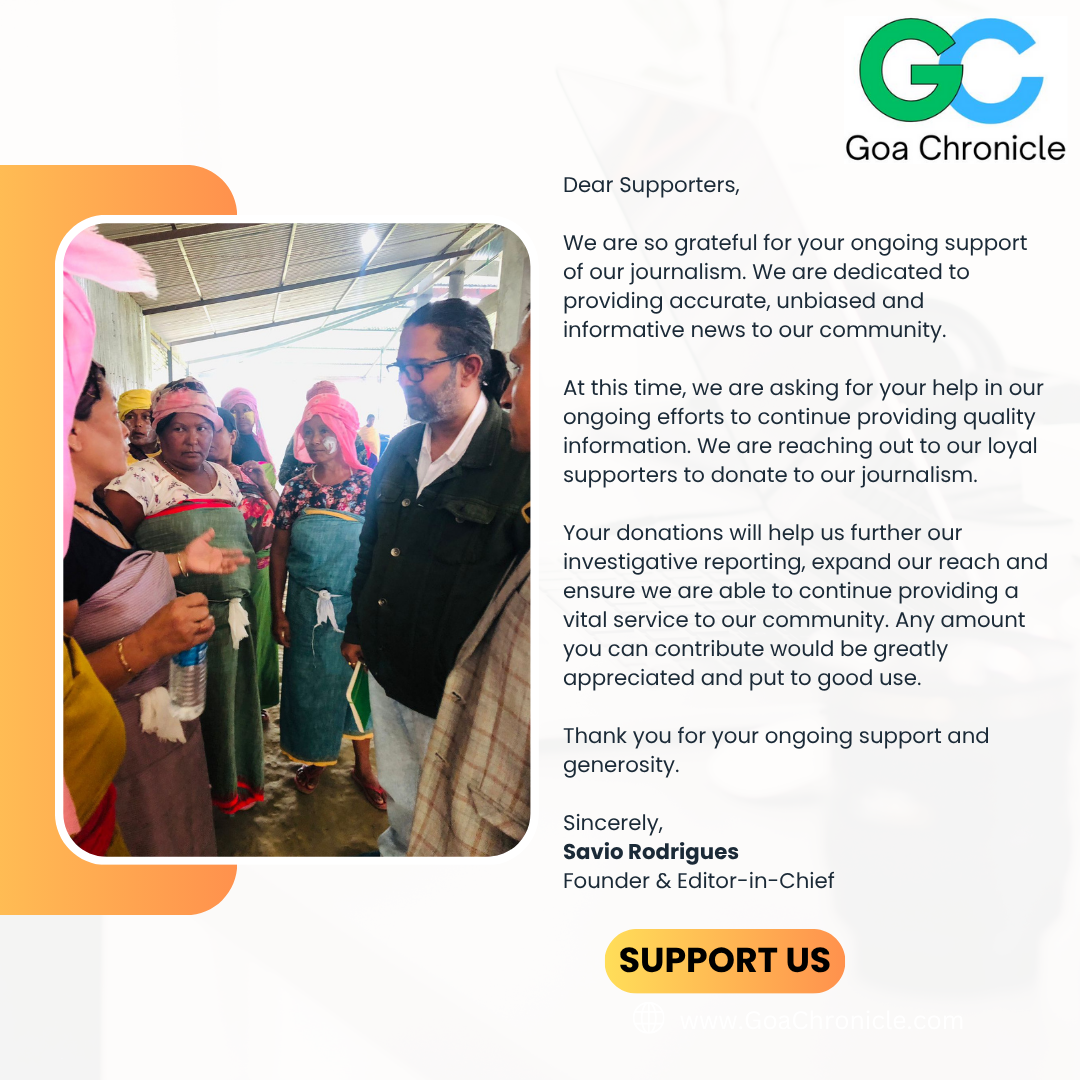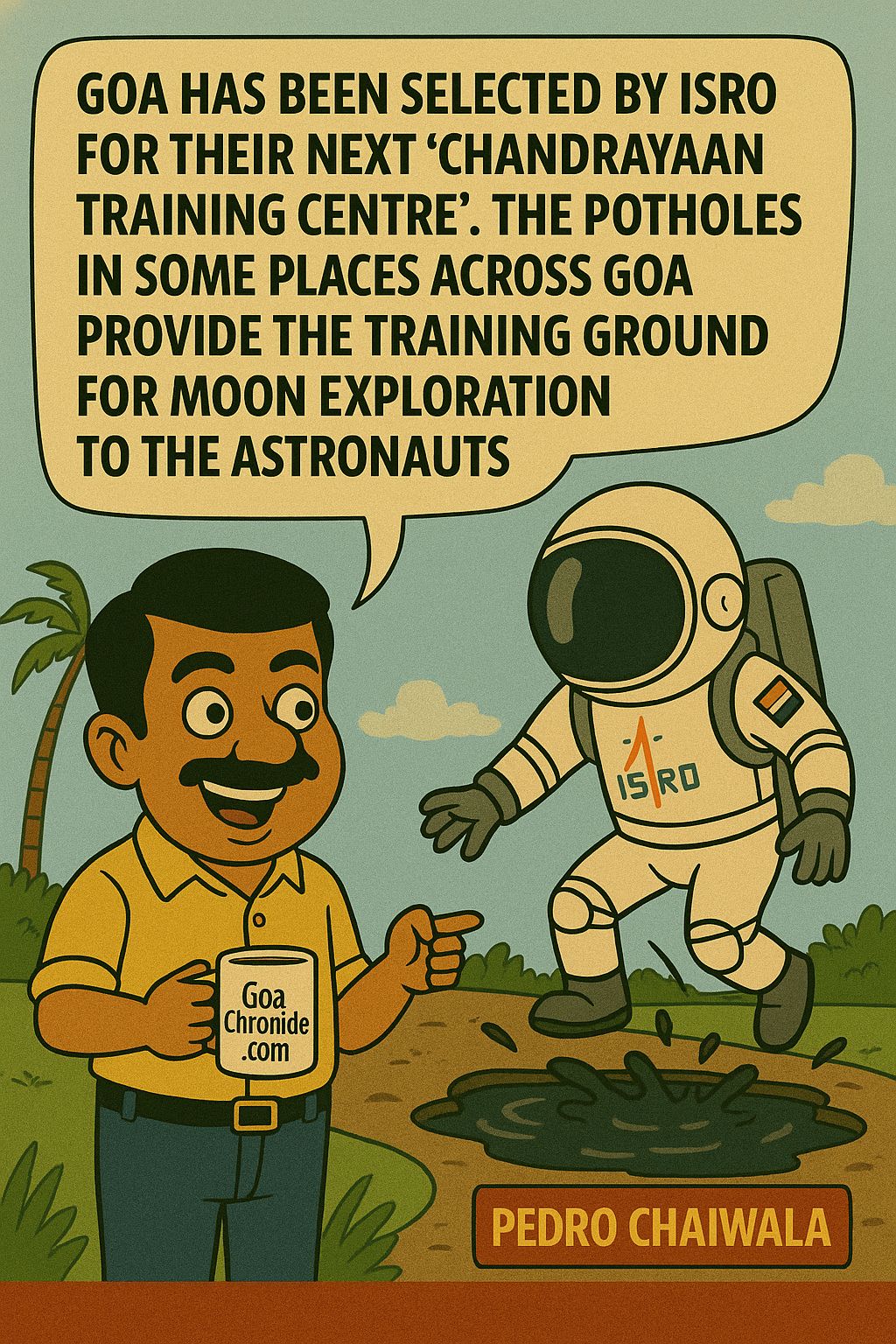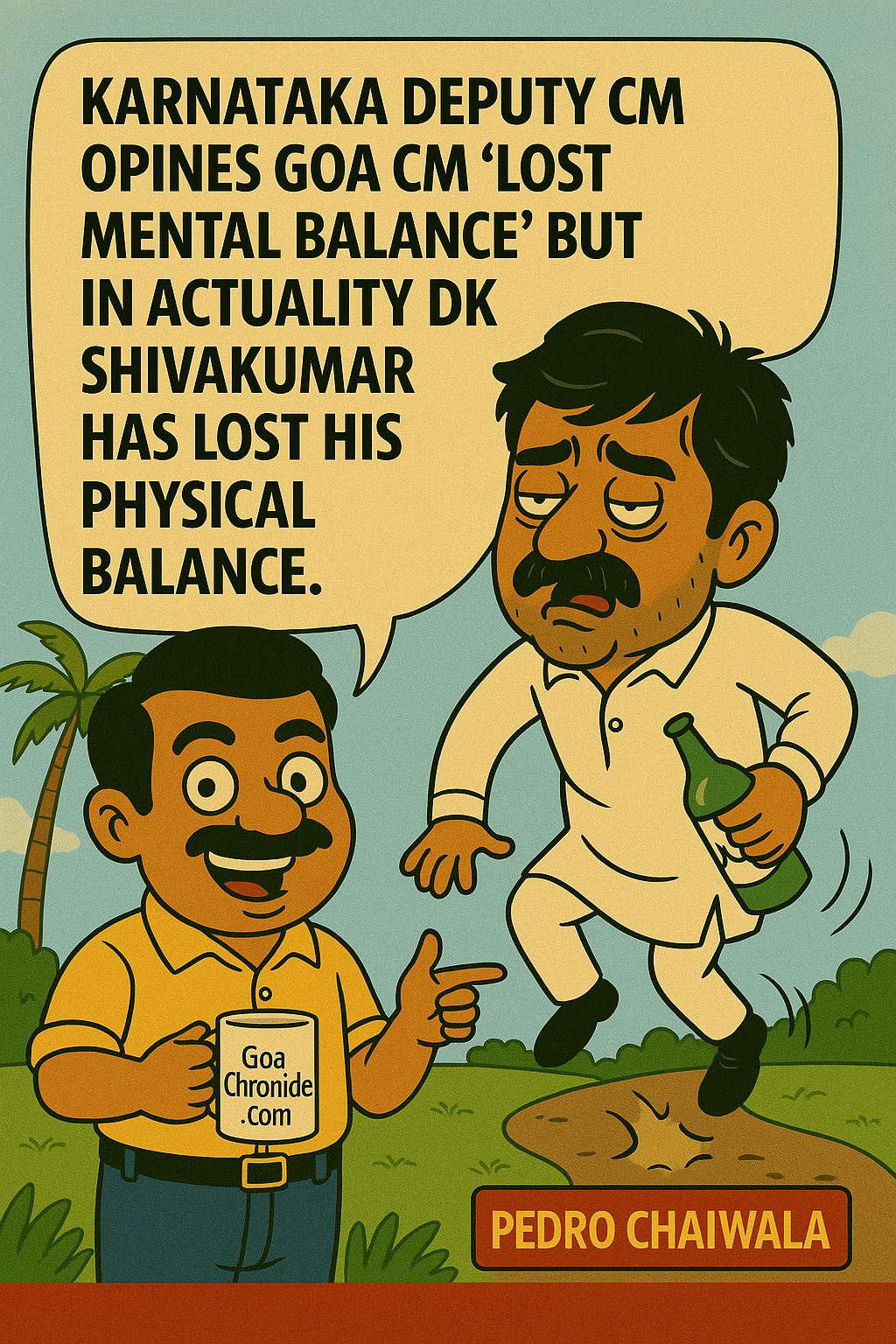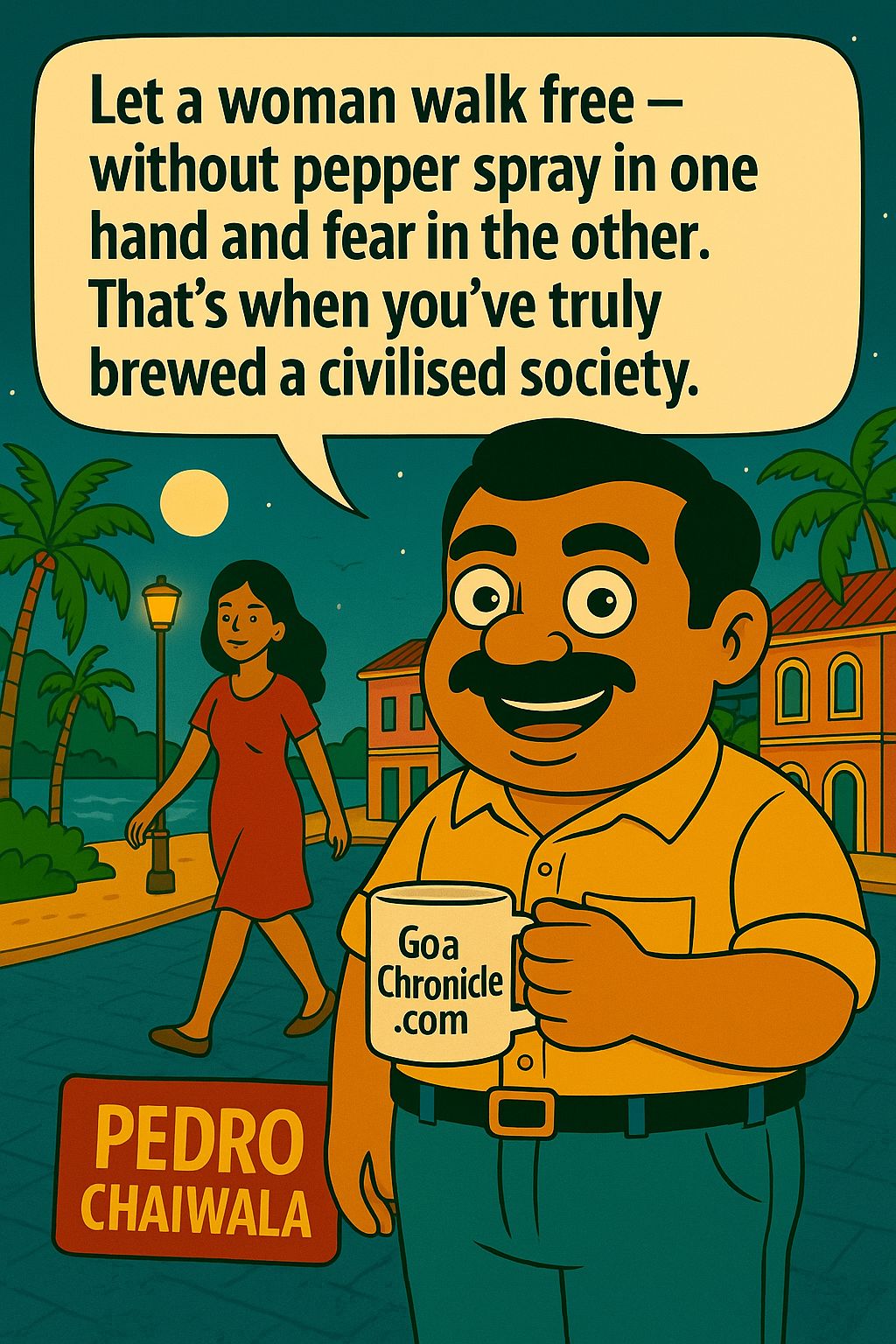To read all parts of IPKF:
Part 1- https://goachronicle.com/the-indian-peace-keeping-force-in-sri-lanka-a-curates-egg/
Part 2- https://goachronicle.com/the-curates-egg-ipkf-and-indo-sri-lanka-accord-of-29-july-1987-part-2/
Part 3- https://goachronicle.com/ipkf-3-the-curates-egg-turn-of-the-tide-jaffna-medical-university-helidrop/
Part 4- https://goachronicle.com/ipkf-curates-egg-part-4/
Part 5- https://goachronicle.com/ipkf-5the-curates-egg-warriors-of-a-lesser-god/
Part 6- https://goachronicle.com/ipkf-6-the-curates-egg-the-hurt-lockers/
Part 7- https://goachronicle.com/ipkf-7-the-curates-egg-the-veer-naari/
Part 8- https://goachronicle.com/ipkf-8-the-curates-egg-author-interview-valiant-deeds-undying-memories/
Part 9- https://goachronicle.com/ipkf-9curates-egg-the-flaming-controversy/
Part 10- https://goachronicle.com/ipkf-10-the-ukraine-russia-conflict-a-jaffna-redux/
Part 11- https://goachronicle.com/ipkf-11-slava-ukraine/
Part 12- https://goachronicle.com/ipkf-12-the-curates-egg-the-forgotten-war/
Part 13- https://goachronicle.com/ipkf-13-the-curates-egg-my-style-of-command/
Often thought to be an infantry man’s battle, the early action at Jaffna during the bloody two weeks from 11 October to 26 October 1987 proved otherwise. Below is one such account by Lt Col Manoj Channan, where he vividly portrays the breakthrough by tanks, in an innovative approach, using railway tracks for guidance in unknown country, and employing tourist maps for guidance.
In the modern world of today, in spite of several doomsday predictions, battle opposition from helicopters and lately drones, tanks remain in vogue as a formidable offensive weapon, to subdue the enemy.
The use of tanks was a significant escalation in Op Pawan, when the open hand of friendship, turned into the iron fist, signaling resolve of the Indian Military to bring the recalcitrant LTTE to heel.
(Reproduced below is a selective extract from “Valiant Deeds Undying memories” by authors Lt Col Atul Kochhar and Lt Col BR Nair published by Notion Press)
Stiffening the Spine: 65 Armoured Regiment – Lieutenant Colonel MK Channan
The regiment was given a warning order to move on 4 June 1987 from its permanent location at Babina. However, only ‘A’ Squadron moved to Secunderabad on 6 June 1987, and stayed there for a period of two months. Dramatic political developments resulted in certain changes in the tasking of the regiment. ‘A’ Squadron was moved suddenly from Secunderabad to Madras. It concentrated at Avadi for another two months, while the remainder regiment stayed in its permanent location ready to move at short notice.
Due to various reasons, the induction was done simultaneously to Trincomalee and Jaffna in piecemeal, spread over a period of six weeks from 4 October 1987 to 18 November 1987. Because of the fluid situation in the island nation, some tanks were moved from Trincomalee to Jaffna during this period.
Headquarters 2 Armored Brigade moved to Madras, and remained there from 24 October 1987 onwards. Its units were however all inducted into the island. 15 Mechanized Infantry was deployed in Jaffna, and 13 Mechanized Infantry, in Trincomalee. This was the beginning of one of the lengthiest commitments of our
Forces overseas. The regiment participated actively in all four sectors viz Jaffna, Vavuniya, Batticaloa and Trincomalee. Task forces of the regiment spearheaded the advance of various brigades which were launched into battle in October 87. Warriors and machines performed creditably, and were instrumental in the liberation of Jaffna from LTTE. The regiment was thereafter deployed in Jaffna, Vavuniya, Trincomalee and Batticaloa. It continued to battle the militants for over two and half years. The regiment fought the initial intensive battle in Jaffna meshed with various formations, units and subunits. At times, just single tanks were used for certain tasks, a modification born of necessity. The squadrons seldom fought as a cohesive subunit during the initial months, while being attached with formations. As such, their achievements were rarely recorded. The rich experience of those who were there can only be best described by them.


Without dwelling on the factors that led to the induction of IPKF, I will cover the events in chronological order. 65 Armoured Regiment was earmarked for operations in Sri Lanka in the month of May 1987. A(Alpha) Squadron which was composed of Dogra troops, under Major AS Bhinder, moved to Secunderabad and thereafter to Madras, to form part of 54 Infantry Division inducted into Sri Lanka on 29 July 1987. The Dogra Squadron remained in Madras port, due to the non-availability of suitable ships to ferry the tanks. The situation turned, on 4 October as ‘A’ Squadron was ordered to be inducted to Trincomalee, in parts by air and sea. By 10 October, tanks and bulk of administrative elements with ammunition of Dogra squadron had arrived in Trincomalee.
LTTE had declared an all-out war against the IPKF. On 9/10 October 1987, IPKF headquarters was based in Madras. Keeping the seriousness of the deteriorating situation in mind, it was decided to employ armor in the Jaffna peninsula against the LTTE. Naib Risaldar Kesho Ram was the commander of the first tank to arrive in Palaly on 11 October 1987. Major Anil Kaul brought the other two tanks on 12 October 1987. Tanks were launched into operations immediately on arrival.
On 12 October 1987, three tanks under Major Anil Kaul, moved to Urelu and then towards Hindu college via Chunnakam to successfully extricate a team of 10 Para Commando, platoon 13 Sikh LI and elements of 4/5 GR. The operation however remained stalled thereafter till 15 October. These tanks were part of the rescue effort launched by a composite force of 13 Sikh LI less two Coys, Team 10 Para SF and 4/5 GR.
In the words of late Colonel Anil Kaul, Vir Chakra (then Major Anil Kaul, OC C Squadron):
“I was in Madras as relief of OC A squadron, 65 Armored Regiment, Major AS Bhinder, who had been placed there since June 87, as he had to proceed on leave. He was based in Trincomalee Railway Station at this point. On 9 October 1987, I was ordered to load four tanks and the balance of manpower and vehicles into the ship bound for Trincomalee. At the same time, I was told by Headquarters IPKF in turn through the static headquarters of ATN K&K (Andhra, Tamil Nadu, Kerala and Karnataka) Area to move the balance of six tanks and the ARV (armored recovery vehicle) to Jaffna by air. On 12 October 1987, I reached Jaffna with two tanks. On reaching Jaffna much to my chagrin, I found the situation not very reassuring in terms of available force levels. One lone tank sent on 11 October 1987, had been deployed to lead the advance of 72 Infantry Brigade against all the norms of teaching and practice. The additional ammunition (called unit reserve) had also not reached Jaffna.”
“In the event, I found myself with two tanks, one less a commander, about to enter the field of battle. I was briefed by the GOC 54 Infantry Division, his colonel GS and the GSO1 operations. The task given to me verbally was and I quote, ‘you will move along with two companies of 13 Sikh LI and the team of 10
Para Commando, to the location of 72 Infantry Brigade on the road Palaly – Jaffna and establish a firm base for the attack on Jaffna university’ (which was supposed to be the tactical HQ of the LTTE at that point of time). I left on orders of HQ 54 Infantry Division. It would not be out of place at this juncture to emphasize that the CO & A Squadron Commander were in Trincomalee, whom I tried to contact, and since it did not materialize, I had to take decisions and act on my own judgment. I was told that though the Palaly-Jaffna Road had been cleared, I should be careful of snipers on high rise buildings and IEDs.”
“Smoldering buildings and vehicles were seen till we reached the Urumperai crossing, where I contacted Commander 72 Infantry Brigade, who had been held up by an LTTE roadblock. At the crossing I also teamed up with the third tank, where I was informed, that the gunner had been wounded and evacuated.”
“A hurried appreciation was done with Commander 72 Infantry Brigade, Brigadier BD Mishra, and CO 4/5 GR, late Lieutenant Colonel IPS Bawa, MVC (Posthumous), Colonel (later Major General) Dalvir Singh, CO 10 Para Commando and self. It was decided to bypass the opposition and carry on with the task of establishing a firm base as given out earlier.”
“It may be worthwhile pointing out that I had requested maps of the area and an additional radio set for communication with division/brigade headquarters. I was asked to share a map with CO 10 Para Commando, which was a Photostat copy of a tourist road map!! The radio set provided was an ANPRC 25 truck/ ground version which was useless on a moving tank. The first main gun round was fired from my tank, on orders of Commander 72 Infantry Brigade, against a sniper (who had taken a heavy toll of the infantry) bringing down the building and with it the sniper. Our move commenced at 11 a.m. approximately, on 12 October, and we advanced cross country to circumvent the crossroads, which were invariably mined. After moving for two kms, I came across the KKS- Jaffna railway line, and I decided to move along it as it provided an excellent and naturally leading landmark in an unfamiliar environment. We made slow progress due to populated areas, suspected IED’s and opposition from the LTTE.”
“The LTTE took recourse to fire automatic weapons including machine guns of heavy caliber, from the shelter of huts and from behind civil population/people who were moving ahead as human shields. I also saw the use of a khukri by a Gorkha jawan, of what one had heard and read only. The attrition rate on our side was quite high, and casualties had to be left behind, after hurried first aid, as there was no means of evacuation. By about 1 p.m., we had reached Illuvil Railway Station, which was in ruins. We were fired upon from a water tank approximately 400 meters ahead. Making use of the commander’s NSVT machine gun, we tried to dislodge the militants, without success. I then resolved to fire the main gun and destroyed the water tank, along with the LTTE crew manning the water tank. We then advanced further towards Kondavil Railway Station, which later was found to have fully fortified concrete bunkers. We were subject to heavy fire here, and Commander 72 Infantry Brigade ordered me to move away from the railway station along the adjoining parallel road.”
“Using the tree line and buildings for cover we moved past Kondavil Railway Station and were ordered to go west. Despite my protests that the direction was opposite to our destination, it was turned down, and we now found ourselves in the urban maze of a thickly populated urban area of Kondavil. On approaching, another road junction now identified as Kondavil-Tavadi road junction, we turned further west and immediately came into a cul-de-sac at the end of which was a T junction. It was in the area of Tavadi when we came under intense fire from rooftops and the temple area. The tank main gun couldn’t be used effectively due to restricted space. On seeing the futility of the employment of tanks, I at once suggested to CO 10 Para Commando, to move out. As a large number of persons were mounted piggyback on the tanks, each time the main gun was fired, they had to be dismounted for fear of being hurt by the ejected spent cartridge. While ordering the driver to move out, an LTTE militant RPG rocket ricocheted off the hull, hit the side of the main gun and burst above the turret. I was wounded. It was 5.55 p.m. on 12 October 87, Monday as I recollected later. We retaliated by firing a high explosive round back at 60 meters range. Immediately thereafter, we moved to a safe position and contacted 13 Sikh LI less two companies, which were in a house about 200 meters away. Yet we could not communicate with them. The troop now had two effective crew in each tank. We moved back along the railway line and unloaded all the casualties at that point. Thereafter along with CO 10 Para Commando, the tanks advanced along the railway line, back to the university at night using the blanket of darkness and extricated the 10 Para Commando sub-team and everyone got back by 8 a.m. on 13 October 1987.”
“During this move, the tanks had two crew members each. Acting Lance Daffedar (ALD) Jagtar Singh a relatively junior NCO showed commendable qualities of head and heart while accomplishing this task. ALD Jagtar Singh who was a gunner of the tank was also commanding the tank in the absence of a commander. On the third tank, Naib Risaldar Kesho Ram, performed the duties of gunner as well. At night one of the tanks got grounded /bellied on soft ground. The infantry brigade ordered it to be left where it was. However, the crews of the other tanks recovered this isolated tank, all by themselves in two hours in a very hostile locality. As there was no means of communication, the three tanks were ordered by me (though I was by then in no reasonable state of mind or physical condition) back to Palaly, where the medicos took over. The tanks then stayed there, till replacement crews arrived from Madras and Trincomalee. On 13 October 1987, after an engagement for 18 hours. in a state, which included a missing eye and half my left hand, I was treated at a forward surgical center and evacuated to Madras, and then to Pune via Bangalore.”

Late Colonel Anil Kaul who passed away, few years ago, was awarded Vir Chakra for his gallantry displayed in this action. He suffered adversely due to the war time injuries, for the rest of his life, but his never say die spirit prevailed, as he tenanted key appointments in NDA and DSSC Wellington. The first annual commemoration of the IPKF fallen, held privately by Op Pawan Veterans, at the National War Memorial, New Delhi on 29 July 21, was attended by his daughter Gitanjali Kaul. In another action in Jaffna, Captain S Mahadevan of the same regiment was awarded Sena Medal (Posthumous) Op Pawan veterans are now trying to get the govt to formally honor the fallen braves annually at the National war Memorial, in Delhi having lost more than 1200 braves and 3500 soldiers seriously injured, The next commemoration will be held on 29 July 22, at 10.30 a.m.
[author title=”Shefali Kochhar,” image=”http://goachronicle.com/wp-content/uploads/2021/04/Screenshot_20210321-160233_LinkedIn.jpg”]Journalist, Goa Chronicle .
I am an entrepreneur who has tried her hands on various ventures like Electric Vehicle Charging Station , Online Retail Store / Trading and few more ventures. I have done my entrepreneurship from Amity University Noida.
Read My Other Articles
[feed url=”https://goachronicle.com/author/shefali-kochhar/feed/” number=”5″]
[/author]































